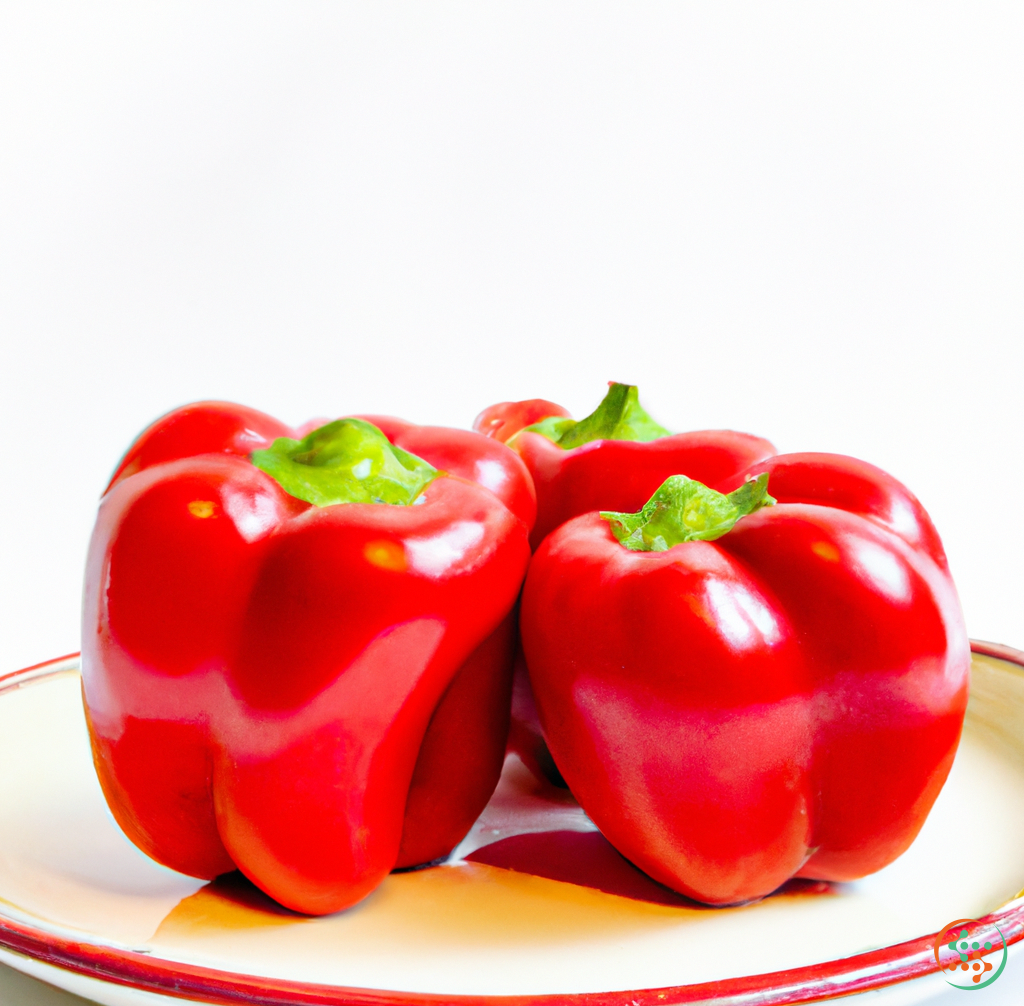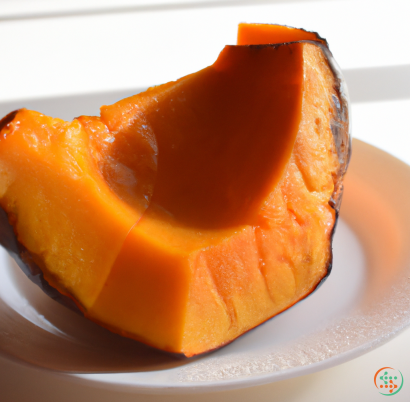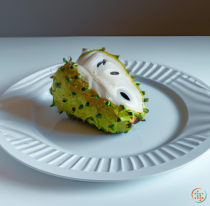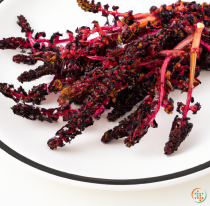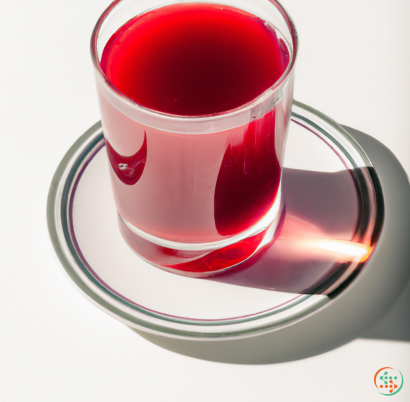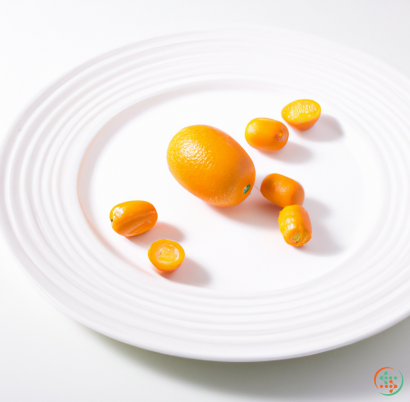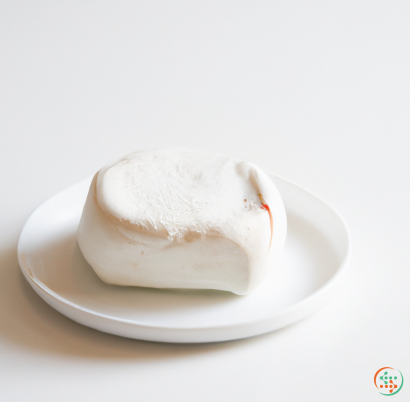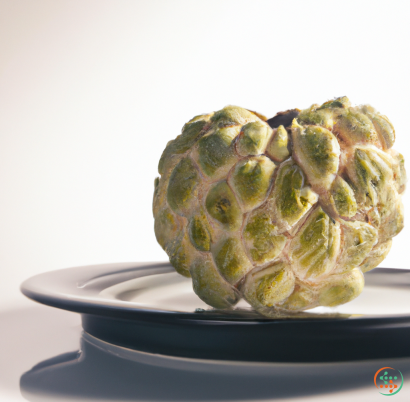Red Bell Peppers
The red bell pepper is a vegetable that goes by many names. While you may know it as a bell pepper, it is also sometimes referred to as a sweet pepper, capsicum, paprika, or even a pimiento. No matter what you call it, this brightly colored veggie offers a unique flavor and a variety of benefits.
Red bell peppers are a member of the nightshade family—a group of vegetables that includes tomatoes, potatoes, eggplants, and chili peppers. Often referred to as a sweet pepper because of its mild taste, red bell peppers are the ripest of all bell peppers and offer a mildly sweet flavor.
Red bell peppers come in a wide range of sizes and shapes, from long and thin peppers to round, flattened peppers. They are grown in temperate climates and harvested in the spring. The long maturing process of these vegetables requires extra care and attention.
While red bell peppers are most often eaten raw, they can be cooked in a variety of ways. Sauteing and roasting bring out the natural sweetness and can be used to enhance the flavor of other ingredients. If a dish needs a sweet and crunchy texture, consider using red bell peppers.
Nutritionally, red bell peppers have a lot to offer. They are packed with vitamins and minerals such as Vitamin C, Vitamin B6, Vitamin E, Vitamin A, Potassium, and dietary fiber. Eating just one medium-sized pepper can provide up to 200% of the recommended daily value for Vitamin C, making them a great choice for anyone who is looking to boost their immune system.
When selecting red bell peppers, try to choose the ones that are heavy and firm, with smooth, even skin. Avoid any peppers with sunken areas or blemishes, as they may indicate a lack of flavor. Peppers should be stored in the refrigerator, where they will last for up to a week.
When preparing red bell peppers for cooking, cut them in half and remove the stem and seeds, along with the core and ribs. Rinse the pepper and pat dry, then slice or dice as desired. Red bell peppers can be added to a variety of dishes and work great as a colorful and flavorful topping or as an ingredient in salads, stews, and salsas.
Red bell peppers are an incredibly versatile vegetable that can be used in both savory and sweet dishes. Bakery Goods, such as muffins, cakes, and other sweet treats, benefit greatly from the addition of red bell peppers. The sweet flavor of the peppers complements the sweetness of the other ingredients, providing a unique and delicious balance to your desserts.
In addition to their versatility and unique flavor, red bell peppers also provide a wide range of health benefits. Eating red bell peppers can help reduce inflammation, promote heart health, and support healthy vision. They are also an excellent source of vitamin C, which is known to help boost the immune system and provide disease protection.
If you’re looking for a delicious vegetable that’s packed with vitamins, minerals, and flavor, red bell peppers are a great pick. Whether you’re adding them to savory dishes or using them as a sweet topping to desserts, these colorful veggies have a lot to offer. Give them a try and you won’t be disappointed!
The Journey of Red Bell Peppers From Farm to Dinner Plate
Red bell peppers, a dietary staple of many around the world, bring life and color to meals and offer the perfect balance of sweet yet subtle flavor. But how does this culinary delight make its journey from farm to dinner plate? To answer this question we must look at the complex process that goes into producing red bell peppers and how they get to your table.
The Planting Process
Red bell peppers are grown outdoors, in well-drained soil, temperatures that range from 80-85°F (26-29°C) and in full sunlight. All the necessary ingredients help to ensure optimal growth and progress of the plants. An organic potting soil is most often preferred to protect the vegetables from soil-borne fungi and other diseases.
Before “herbs” or “annual vegetables” like tomatoes and red bell peppers can be planted, the soil must be prepared by tillers or manual laborers. Tillation is a process which breaks up the soil around newly planted seedlings in order to increase water and nutrient access, allow for better root growth, oxygen and carbon dioxide exchange, and to physically strengthen the soil. After the soil is tilled, the seedlings are carefully placed and the soil is lightly raked to ensure even distribution and to avoid disturbing the seeds and plants’ development.
In order to encourage the growth of high-quality vegetables, farmers use a variety of methods including: careful selection of plants and care during their growth cycle; proper pruning; and frequent weed and pest control. If done correctly, bell peppers start flowering and bearing fruit at they're approximate 45 days.
Harvest & Post-Harvest Handling
Red bell peppers are generally ready for harvest when they reach full size and are a deep, vibrant red color. The best time for harvesting is in the morning or evening, as these cooler temperatures protect the product from sun damage and excessive heat. After harvesting, peppers are then trucked from the field, either to a packing shed or to a nearby cooling house.
At the packing shed, experienced workers sort the peppers into different sizes, shapes and colors. Once sorted, peppers are stored in a large container with cooling devices to maintain freshness before transportation. It is important to note that the cooling process must be done very carefully as improper storage and cooling can result in lower quality bell peppers. Proper storage helps keep produce from spoiling while maintaining its nutritional content.
Distribution & Transportation
Packaged peppers are then loaded onto trucks and sent to local markets, supermarkets and restaurants. Major chain supermarkets prefer to work with wholesalers in order to gain better control over their produce offerings. From the wholesalers, the produce is then shipped directly to the retail stores or individual stores within the same general region.
Before arriving at customers’ doorsteps, bell peppers can travel quite a distance. It is estimated that they can travel between 1,500 - 2,500 miles, depending on their final destination. For example, red bell peppers grown in California can be shipped to Canada and even as far East as Massachusetts.
Upon their arrival to the stores, the bell peppers are sorted, labeled and placed in refrigerated cases for customers to purchase. Once purchased, the peppers are transported to customers’ home or restaurant to be cooked.
Preparing & Enjoying Red bell Peppers
Red bell peppers are extremely versatile and can be used in everything from sandwiches and salads, to main dishes. Preparing them is also quite easy. The first step is to rinse them in cold water and then cut off the top and remove the seeds. Once this step is complete, you are ready to cook.
One of the most popular ways to cook red bell peppers is to roast them. To accomplish this, you will want to place them on a baking sheet and roast them in the oven at 400°F (200°C) for 20-25 minutes until the outside of the peppers start to blister and they reach the desired tenderness. If you want to get creative, you can also stuff them with a variety of ingredients such as cheese, rice, spicy sausage and vegetables.
Red bell peppers are a nutritional powerhouse and can be enjoyed raw, grilled, roasted or stuffed. Not only do they have a sweet, mild flavor, but they also contain a high amount of antioxidants, dietary fiber, vitamins A and C, and much more.
Conclusion
Red bell peppers are an essential part of many meals around the world. When cultivated and cared for properly, they can bring life and flavor to a table. From their planting process, to harvesting and post-harvest handling, transport, and all the way to preparation and enjoyment, it is fascinating to see all of the steps that go into bringing a simple red bell pepper to your dinner plate.
| Vitamin A | 0.157 mg | |
| Beta-Carotene | 0.001624 grams | |
| Alpha-Carotene | 0.02 mg | |
| Vitamin E | 0.00158 grams | |
| Vitamin K | 0.0049 mg | |
| Vitamin C | 0.1277 grams | |
| Vitamin B1 | 0.05 mg | |
| Vitamin B2 | 0.09 mg | |
| Vitamin B3 | 0.98 mg | |
| Vitamin B4 | 0.0056 grams | |
| Vitamin B5 | 0.32 mg | |
| Vitamin B6 | 0.29 mg | |
| Vitamin B9 | 0.046 mg |
| Calcium | 0.007 grams |
Daily Value 1.3 g
|
| Iron | 0.43 mg |
Daily Value 0.018 g
|
| Magnesium | 0.012 grams |
Daily Value 0.4 g
|
| Phosphorus | 0.026 grams |
Daily Value 1.25 g
|
| Potassium | 0.211 grams |
Daily Value 4.7 g
|
| Sodium | 0.004 grams |
Daily Value 2.3 g
|
| Zinc | 0.25 mg |
Daily Value 0.011 g
|
| Copper | 0.02 mg |
Daily Value 0.9 mg
|
| Manganese | 0.11 mg |
Daily Value 0.0023 g
|
| Selenium | 0.1 ug |
Daily Value 0.055 mg
|
| Tryptophan | 0.012 grams | |
| Threonine | 0.04 grams | |
| Isoleucine | 0.021 grams | |
| Leucine | 0.036 grams | |
| Lysine | 0.036 grams | |
| Methionine | 0.006 grams | |
| Cystine | 0.019 grams | |
| Phenylalanine | 0.05 grams | |
| Tyrosine | 0.009 grams | |
| Valine | 0.031 grams | |
| Arginine | 0.036 grams | |
| Histidine | 0.017 grams | |
| Alanine | 0.026 grams | |
| Aspartic Acid | 0.284 grams | |
| Glutamic Acid | 0.211 grams | |
| Glycine | 0.028 grams | |
| Proline | 0.024 grams | |
| Serine | 0.05 grams |
| Glucose | 1.94 grams |
|
| Fructose | 2.26 grams |
|
| Total Sugars | 0.131141 grams |
per 100g
|
| Palmitic acid (16:0) | 0.03 grams |
|
| Total Saturated fatty acids: | 0.03 g | |
| Linolenic acid (18:3) | 0.03 grams |
|
| Linoleic acid (18:2) | 0.05 grams |
|
| Total Polyunsaturated fatty acids: | 0.08 g | |
